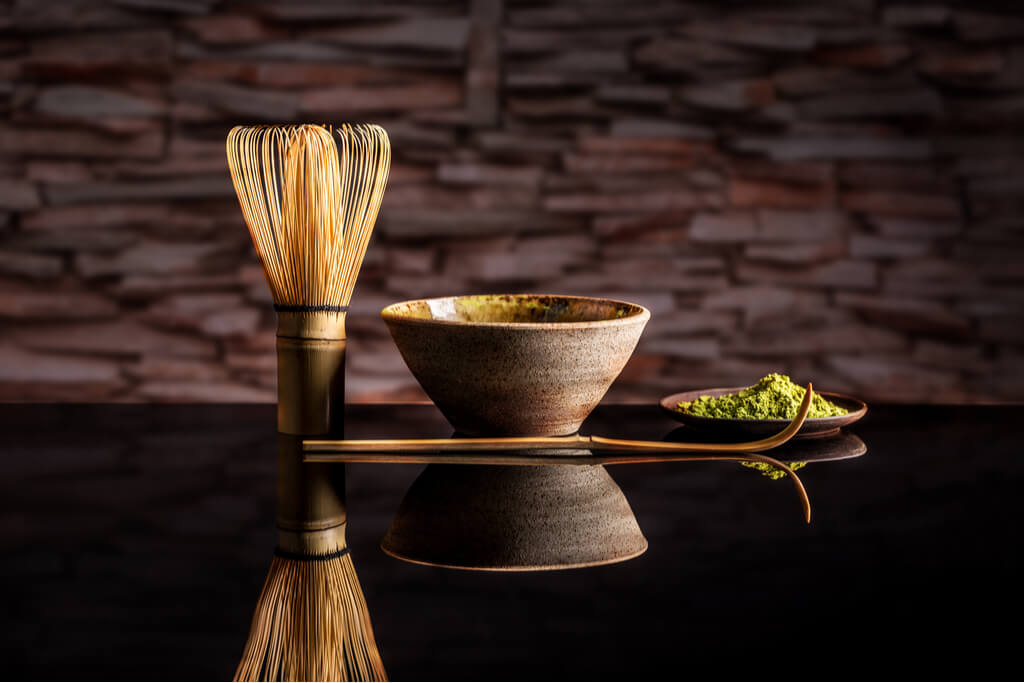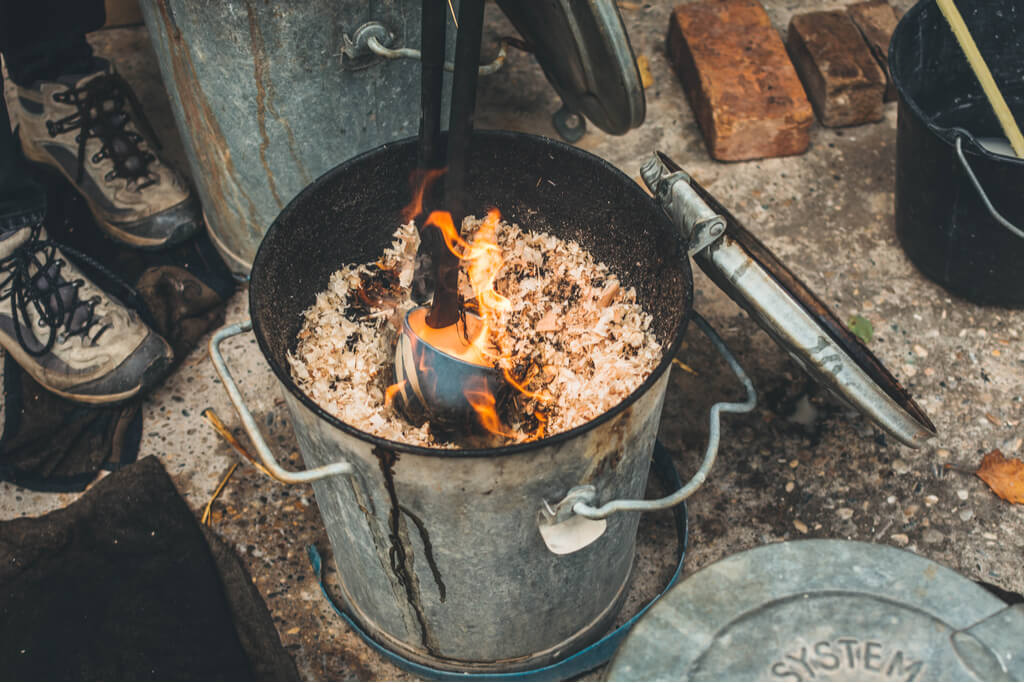Raku Ware: Japan’s Unique Ceramic Craft
Terrell Wallin
Posted on August 04, 2021
Share:

Raku ware is a form of traditional Japanese ceramics.
Raku pottery is most often seen in the form of chawan tea bowls (Japanese tea bowls), the bowls used in Japanese tea ceremonies. Raku ware’s beauty is found in its simplicity and unique imperfections, a reflection of the Japanese philosophy of wabi-sabi (the philosophy of beauty in imperfection and nature).
The History of Raku Ware
Ties to the Tea Ceremony
The traditional form of raku ceramics began with Sen no Rikyū (1522-1591), considered the “Master of Tea” and founder of three major schools of the Japanese Tea Ceremony. Tea master Sen no Rikyū commissioned the famous potter Tanaka Chojiro (1516–1592) to make the chawan to be used in chanoyu (the Japanese tea ceremony). These bowls were made from a unique red clay, and so were called juraku-yaki, after the clay (juraku).

They were also called ima-yaki, which means contemporary ware, as the new style of ceramic crafting. Chojiro’s bowls were meant to reflect the wabi (fresh and simple) philosophy of the Japanese tea ceremony. As such, they were kept simple in shape and were glazed with a single color, either black or red.
Interested in experiencing the beauty of traditional Japan in your own home? Let Sakuraco bring Japanese teatime with handcrafted sweets right to your door.
The Origins of the Name “Raku”
Raku ware didn’t get its current name until after it had already become popular in Japan. The ceramics master Chojiro also manufactured ridge tiles for shogun Toyotomi Hideyoshi’s palace in 1574 using similar pottery techniques. To thank the family, Hideyoshi gave a seal to Chojiro’s son, Jokei. The seal was inscribed with the word, raku, which means comfort, or ease.
The family then continued to use this mark on their work, giving their ceramic style its name. They also took the name Raku as their family name. Raku pottery was the first to use a seal mark in Japan, which made it easily identifiable. Today, most Japanese raku ware consists of chawan tea bowls, stamped with the seal of the craftsmen who created them.

The original raku workshop still exists today in Kyoto, and is still headed by a descendant of the Raku family, Raku Kichizaemon XV. Throughout Japan, there are also many well-known kilns founded by other members of the Raku family, or by those who apprenticed at the original kiln. One example is the Ōhi-yaki kiln in Ishikawa prefecture (also called Ōhi ware).
In the 1950s, raku ware was introduced to the West, where it developed in an entirely different direction. There, the firing process gained popularity for the vibrant colors it can produce which is very different from the simple colors of the Japanese style. Western raku ware is far more diverse in form as well, from elegant vases to elaborate sculptures.
The Crafting of Raku Ware
The Shaping Process
Raku pottery is created using a technique called tezukune, which involves shaping the clay with the palm of your hands, instead of a potter’s wheel. After the clay has dried slightly, it is smoothed with a scraper made of metal or bamboo.
The Glazing Process
Not all raku ware is glazed, some are left unglazed for simplicity. If a glaze is applied, it is often lead-based. Different types of glaze include: wax resist, matte black, copper, and crackle glazes.
In some Western raku styles, horse hair is also applied to the surface of the glaze, which burns away to leave lines on the surface of the bowl. Variations and combinations of these techniques have led to a vast array of designs.
The Firing Process
The bowl is fired in a charcoal-fueled kiln for a short amount of time at low temperatures, usually 900 to 1200°F (500 to 650°C). It is then removed while still hot. This causes a thermal shock, as the pottery is removed while still glowing red-hot.

Finally, the piece is slowly cooled by exposure to the air. This firing process gives the bowls unique and porous surfaces. The process also causes unpredictable results in the colors and textures of the resulting piece.
Wabi-Sabi and Raku Ware
Each individual bowl created by this process is unique, sometimes even unexpectedly so. The firing process often leads to unanticipated results in the glaze and uneven surfaces. However, these “imperfections” are not considered as such in the Japanese philosophy of wabi-sabi.
The Buddhist teaching of the Three Marks of Existence, states that all things have “non-self” (kū), “impermanence” (mujō), and “suffering” or damage (ku). Based on this teaching, value is placed in objects which are humble, flawed, and fragile. During tea ceremonies, the chawan bowls are carefully admired, and the flaws of each bowl are noted and appreciated.
It is a wonderful reminder that our own “flaws” are just those traits that make us unique and deserve to be appreciated as well.

Discover authentic flavors with Sakuraco
Get Sakuraco 

Discover authentic flavors with Sakuraco
Get Sakuraco 
Related Articles

Mount Fuji Snacks That You Need to Try This Summer!
Mount Fuji, Japan’s highest and most iconic peak, has long served as a muse not just for artists and poets, but also for confectioners. Its symmetry and snow-capped grandeur make it an ideal motif for culinary artisans nationwide. These treats capture the spirit of Fuji in edible form, reflecting regional ingredients, seasonal symbolism, and time-honored techniques.

Okinawa City is Home to Southeast Botanical Gardens!
The Southeast Botanical Gardens in Okinawa are one of the island’s most beautiful and relaxing destinations. In Okinawa City, they offer a lush escape filled with tropical plants, ponds, animals, and seasonal displays.

Mount Fuji Tour: Great Adventures Await You This Summer!
Mount Fuji is one of the most famous landmarks in Japan. People worldwide visit to see its beauty and enjoy exciting yearly outdoor activities!

Mikoshi: Why Are These Portable Shrines So Important?
Japan’s summer festivals are known for their energy, color, and tradition. And at the heart of many lies the mikoshi.



